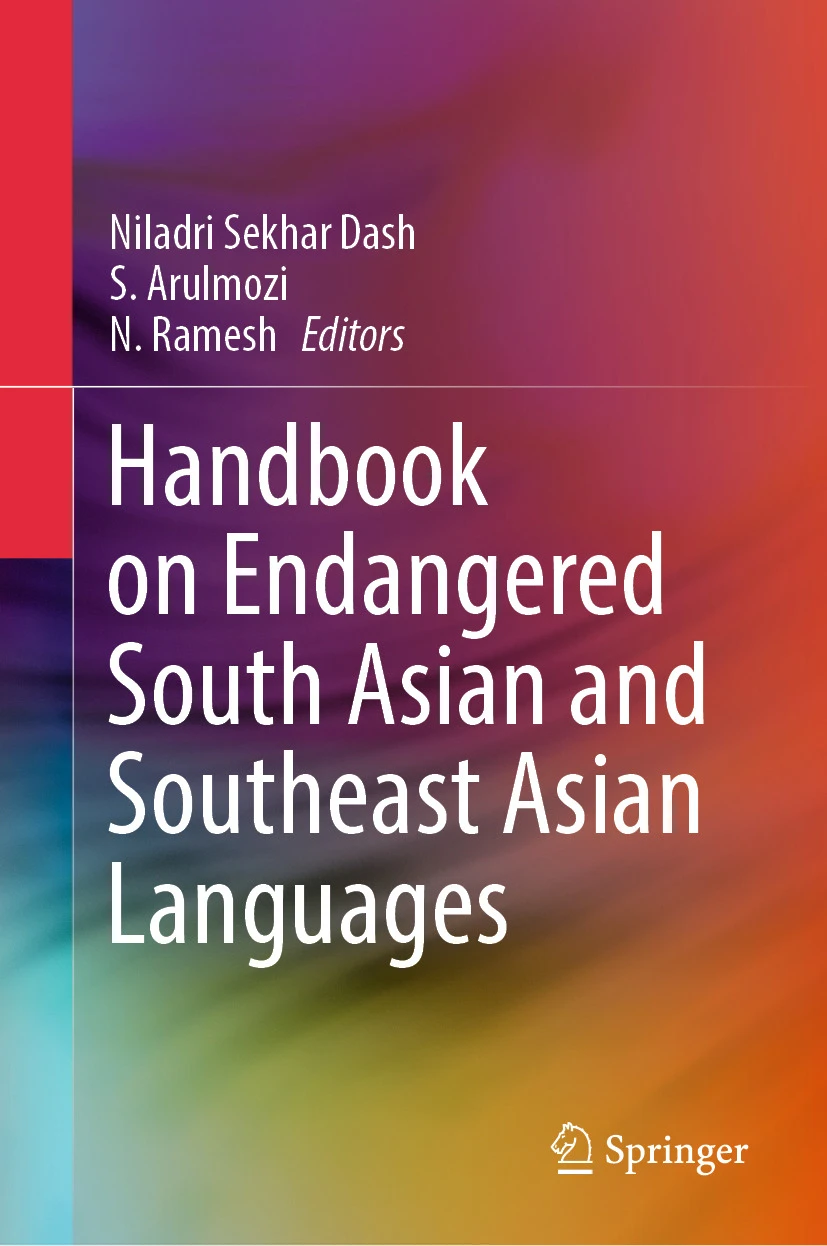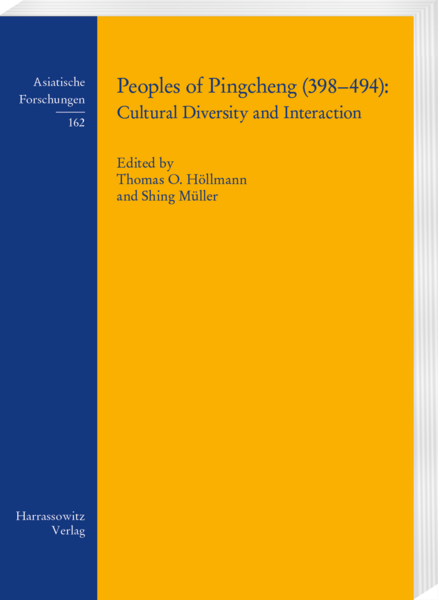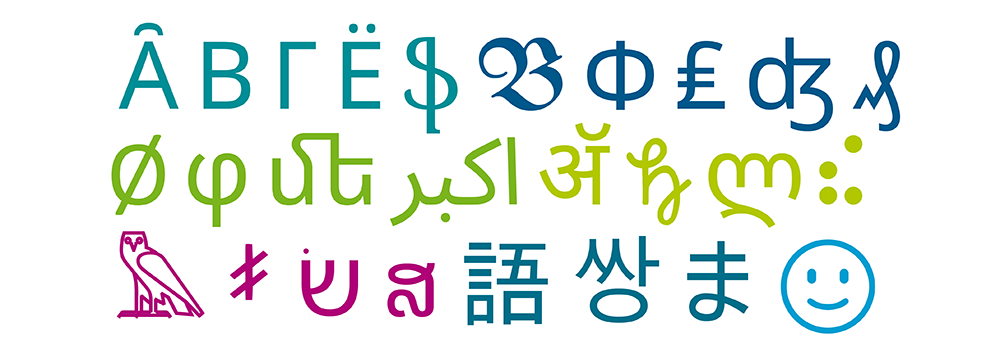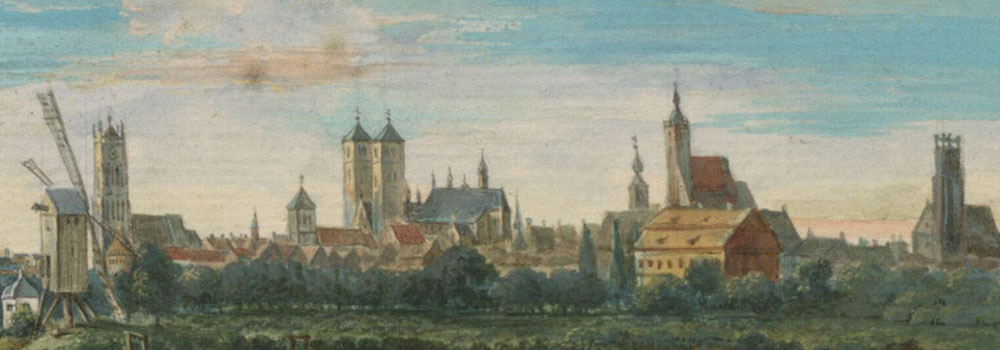Handbook on Endangered South Asian and Southeast Asian Languages

zum Buch im ULB-KatalogPlus
zum Buch auf der Verlags-Website
Peoples of Pingcheng (398–494): Cultural Diversity and Interaction
 Compared to the later capital of the Northern Wei Dynasty, Luoyang (494–534), Pingcheng on the northern border of the Chinese world has received less scholarly attention despite its far longer capital status (398–494). The main reason is the lack of written sources. In addition, there is the derogatory idea that Pingcheng was a latifundium inhabited by “barbarians,” since the rulers of the Northern Wei were the Tuoba Xianbei from the eastern steppe, who established the first long-term foreign control over northern China. Traditionally, Luoyang is the epitome of the sinicized Tuoba Xianbei, while Pingcheng represents the state of the Tuoba Xianbei who were on the way to “becoming Chinese.” Excavations show that Pingcheng, which was built on the ruins of a garrison from the Han-Dynasty, arose from nothing and the inhabitants came from outside. Burial finds indicate a steadily growing population, which is said to have reached one million in its prime. At first, tombs were erected to indicate their steppe origins. New rites and artifacts emerged in spurts. This corresponds to written records, according to which the city was mainly populated by steppe warriors, followed by forcibly relocated peoples from all conquered northern Chinese regions.
Compared to the later capital of the Northern Wei Dynasty, Luoyang (494–534), Pingcheng on the northern border of the Chinese world has received less scholarly attention despite its far longer capital status (398–494). The main reason is the lack of written sources. In addition, there is the derogatory idea that Pingcheng was a latifundium inhabited by “barbarians,” since the rulers of the Northern Wei were the Tuoba Xianbei from the eastern steppe, who established the first long-term foreign control over northern China. Traditionally, Luoyang is the epitome of the sinicized Tuoba Xianbei, while Pingcheng represents the state of the Tuoba Xianbei who were on the way to “becoming Chinese.” Excavations show that Pingcheng, which was built on the ruins of a garrison from the Han-Dynasty, arose from nothing and the inhabitants came from outside. Burial finds indicate a steadily growing population, which is said to have reached one million in its prime. At first, tombs were erected to indicate their steppe origins. New rites and artifacts emerged in spurts. This corresponds to written records, according to which the city was mainly populated by steppe warriors, followed by forcibly relocated peoples from all conquered northern Chinese regions.
The authors focus on the people(s) in Pingcheng. Zhang’s epigraphic study is devoted to a Xianbei family that arose during the Pingcheng period and remained closely intertwined with the imperial court in the following centuries. Using burial finds, Müller explores the diversity and foreignness of funerary customs and artifacts, the ways in which different ethnic groups communicated and interacted, and the emergence of a new collective identity that was anything but Chinese.
zum Buch im ULB-KatalogPlus
zum Buch auf der Verlags-Website




Schreibe einen Kommentar